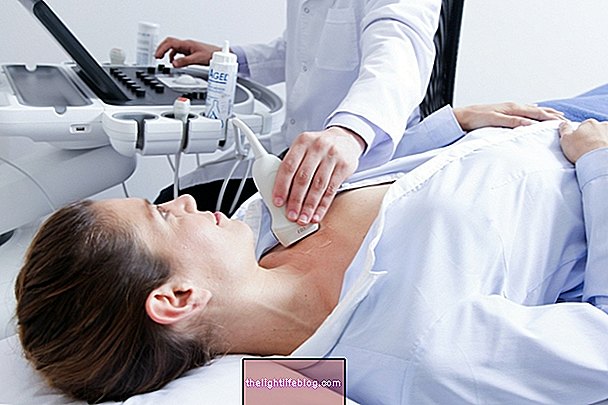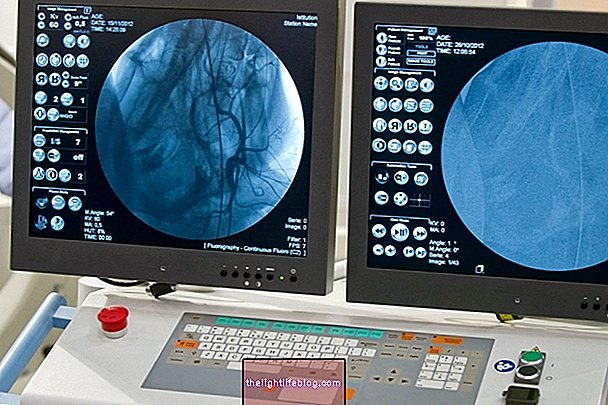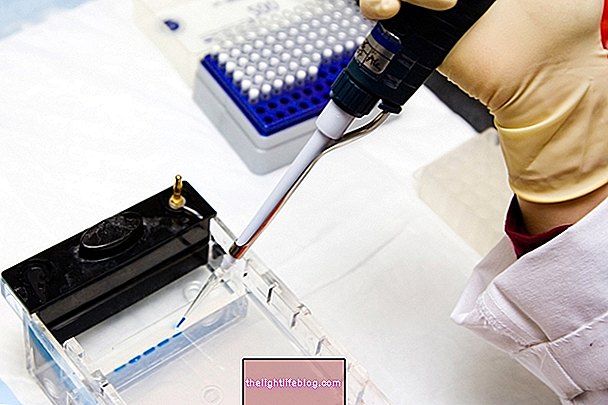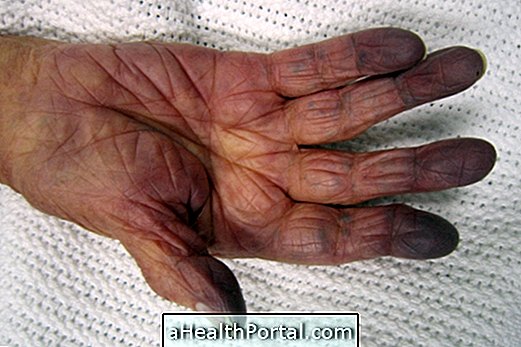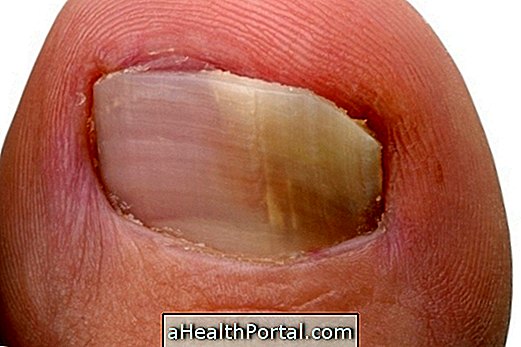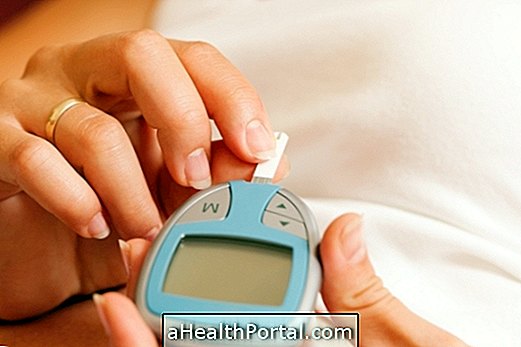The rubella IgG test is a serological test done to check whether the person has immunity against the rubella virus or is infected with that virus. This test is mainly requested during pregnancy, as part of prenatal care, and is usually accompanied by the measurement of rubella IgM, as it is possible to know if there is indeed a recent, old infection or immunity.
Although it is usually indicated in prenatal care due to the risk of the woman passing the virus to the baby during pregnancy if she is infected, the rubella IgG test can be ordered for all people, especially if she has any sign or symptom indicative of rubella like a high fever, headache and red spots on the skin that itch a lot. Learn to identify the symptoms and rubella.

What does reagent IgG mean
When the IgG reagent for rubella is indicated, it means that the person has antibodies against the virus, which is probably due to the rubella vaccine, which is part of the vaccination schedule and the first dose is recommended at 12 months of age.
The reference values for rubella IgG may vary according to the laboratory, however, in general, the values are:
- Non-reactive or negative, when the value is less than 10 IU / mL;
- Undetermined, when the value is between 10 and 15 IU / mL;
- Reagent or positive, when the value is greater than 15 IU / mL.
Although in most cases the rubella IgG reagent is due to vaccination, this value can also be reagent due to recent or old infection and, therefore, it is important that other tests are done to confirm the result.
How the exam is done
The rubella IgG test is simple and does not require any preparation, being only indicated that the person goes to the laboratory to collect a blood sample that is then sent for analysis.
The analysis of the sample is done by means of serological techniques to identify the amount of IgG antibodies circulating in the blood, making it possible to know if there is a recent, old infection or immunity.
In addition to the IgG test, the IgM antibody against rubella is also measured so that it is possible to check the person's immunity against this virus. Thus, the possible results of the examination are:
- Reagent IgG and non-reagent IgM: indicates that there are antibodies circulating in the body against the rubella virus that were produced as a result of the old vaccination or infection;
- Reagent IgG and IgM reagent: indicates that there is a recent active infection;
- Non-reactive IgG and non-reactive IgM: indicates that the person has never come into contact with the virus;
- Non-reactive IgG and IgM reagent: indicates that the person has or has had an acute infection for a few days.
IgG and IgM are antibodies naturally produced by the body as a result of an infection, being specific for the infectious agent. In the first stage of infection, IgM levels increase and, therefore, is considered an acute marker of infection.
As the disease develops, there is an increase in the amount of IgG in the blood, in addition to remaining circulating even after fighting the infection and, therefore, it is considered a marker of memory. IgG levels also increase with vaccination, providing protection for the person from the virus over time. Better understand how IgG and IgM work
Was this information helpful?
Yes No
Your opinion is important! Write here how we can improve our text:
Any questions? Click here to be answered.
Email in which you want to receive a reply:
Check the confirmation email we sent you.
Your name:
Reason for visit:
--- Choose your reason --- DiseaseLive betterHelp another personGain knowledge
Are you a health professional?
NoMedicalPharmaceuticalsNurseNutritionistBiomedicalPhysiotherapistBeauticianOther
Bibliography
- CDC. Rubella. Available in: . Accessed on 13 Nov 2020
- DIAGNOSIS ECO. Rubella IgG / IgM ECO Test - TR.0028. 2018. Available at:. Accessed on 13 Nov 2020

